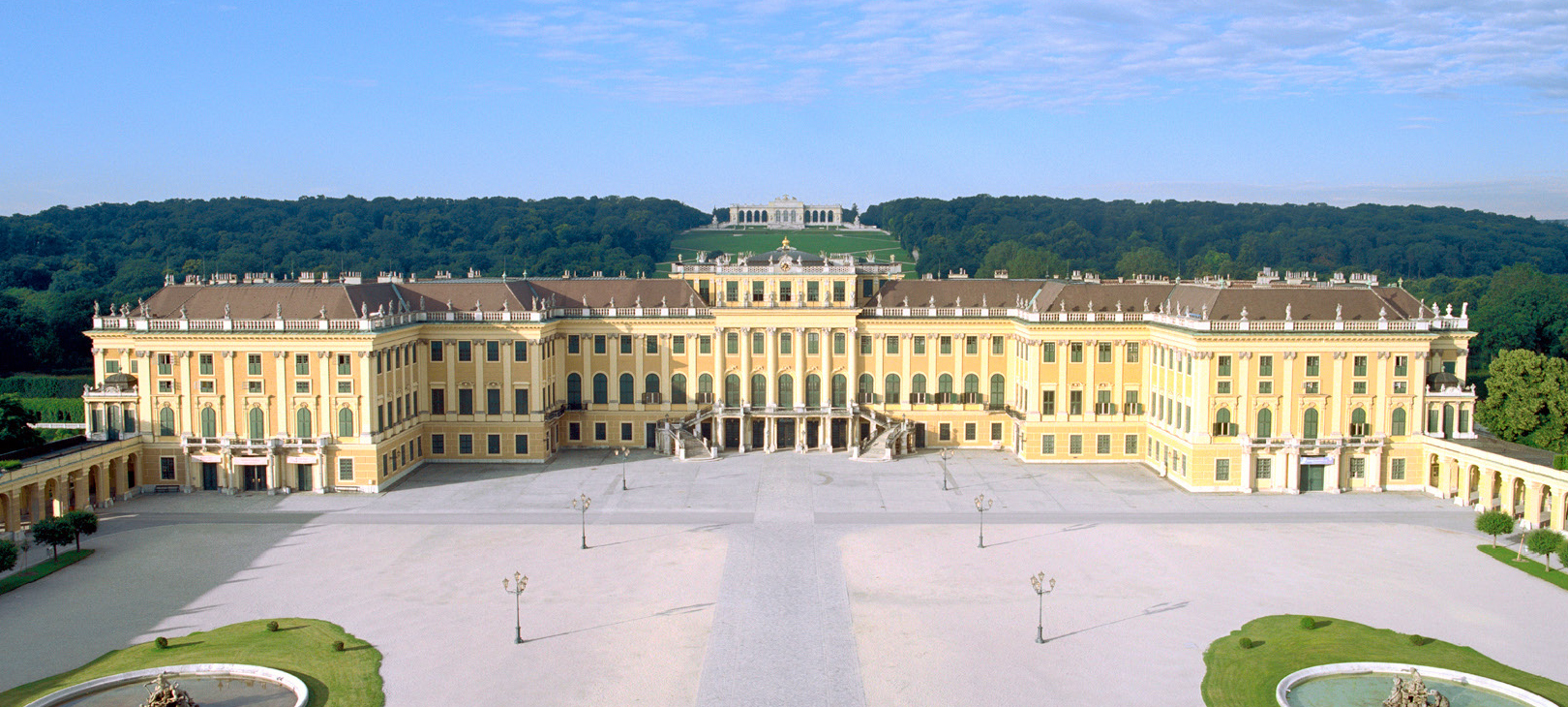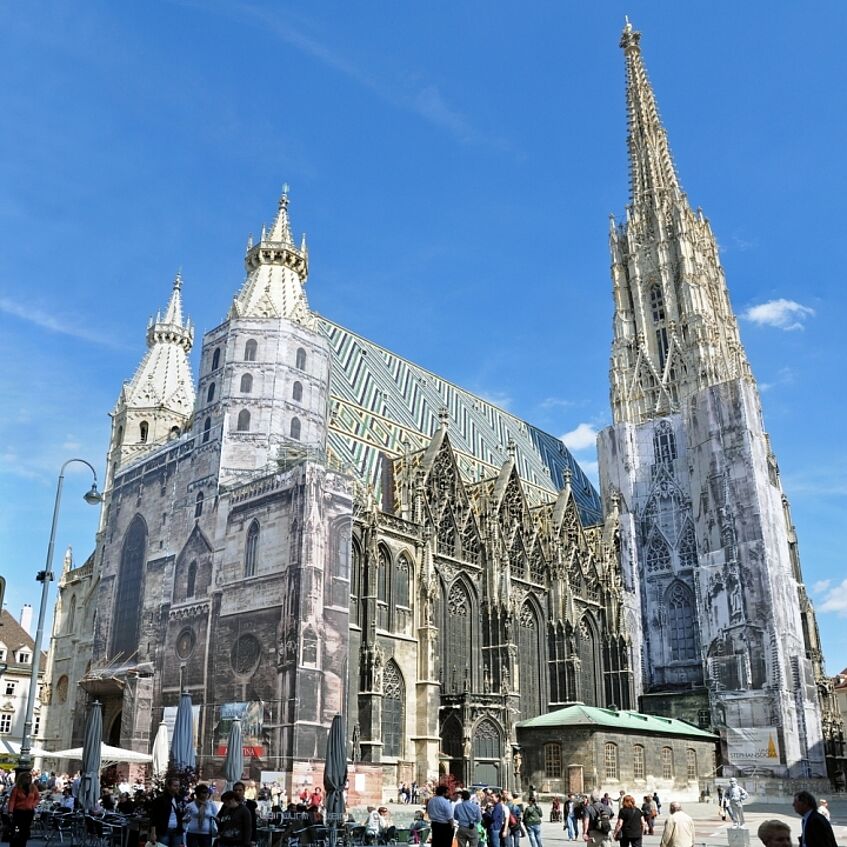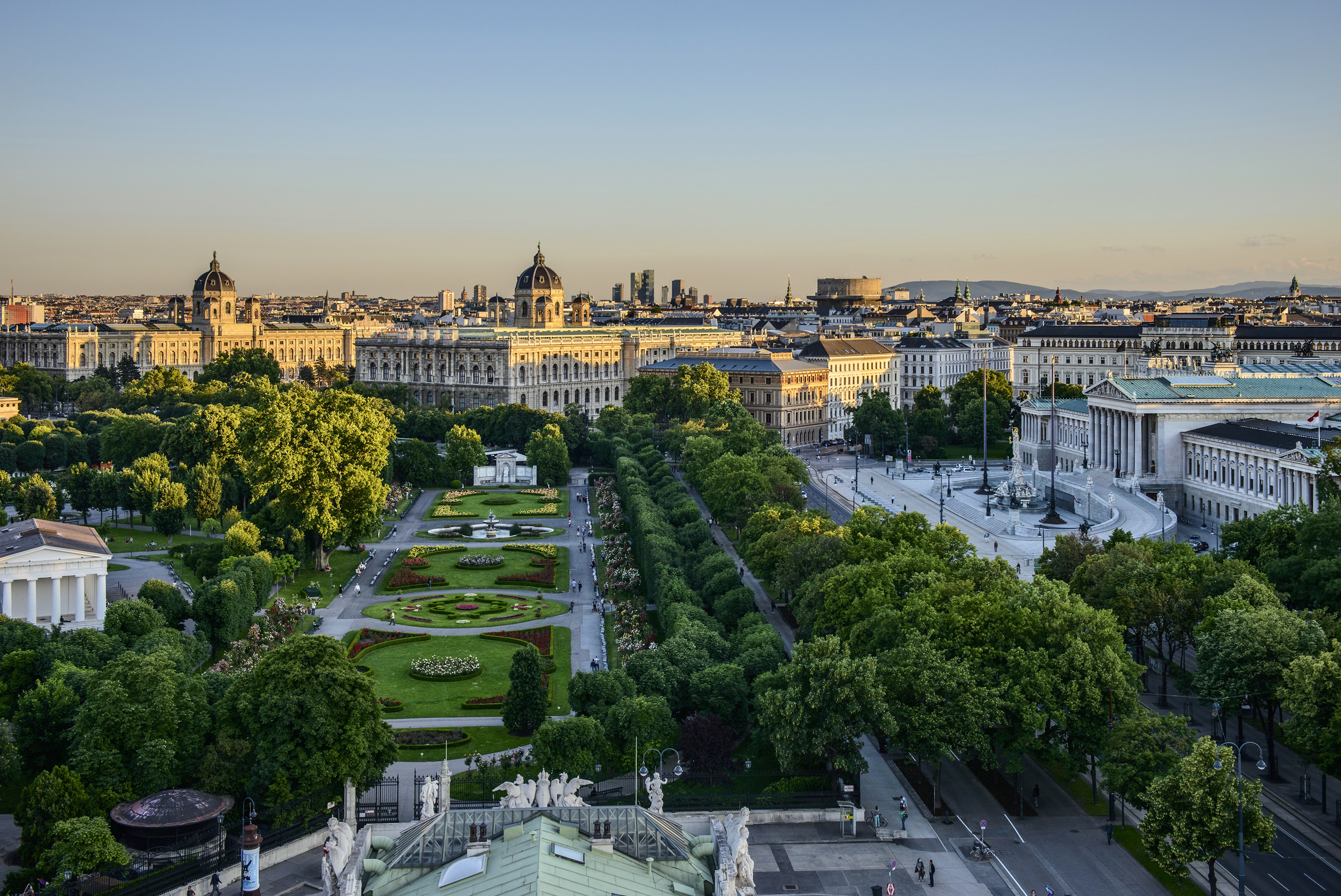Experience Vienna
Would you like to see and experience Vienna in addition to the congress program?
Here are some suggestions for your free time in Vienna:
Hop on Hop Off Bus Tours
You could let the rich history of the imperial capital work on you. Use the flexible entry and exit options to explore the wonderful museums, the magnificent palaces, the grand monuments and the gardens with their curved lines at your own pace.
There are two hop on hop off bus tour providers in Vienna. Please click on the respective provider to find out more:
Schönbrunn Palace and Schönbrunn Zoo

© Schloß Schönbrunn Kultur- und Betriebsges.m.b.H.
Schönbrunn Palace and Schönbrunn Zoo
Schönbrunn Palace, in its current form built in the 18th century as a summer residence for Empress (actually Empress and Archduchess) Maria Theresa, has been in the 13th district of Vienna, Hietzing, since 1892.
Schönbrunn is the largest castle and one of the most important and most visited cultural assets in Austria. The castle and the 160 hectare park have been part of the UNESCO World Heritage since 1996. A main attraction in the castle park is the oldest still existing zoo in the world, the Schönbrunn Zoo (16 ha). The castle and park are among the main tourist attractions in Vienna.
St. Stephen's Cathedral

© WT Wien Ticket GmbH
St. Stephen's Cathedral
St. Stephen's Cathedral (actually the cathedral and metropolitan church of St. Stephan and all Saints) on Vienna's Stephansplatz (Inner City district) has been a cathedral church (seat of a cathedral chapter) since 1365, a cathedral (bishop's seat) since 1469/1479 and the archbishop of Vienna's metropolitan church since 1723. The Roman Catholic cathedral, also called Steffl for short by the Viennese, is a symbol of Vienna and is often referred to as the Austrian national shrine. The namesake is St. Stephen, who is considered the first Christian martyr.
The building is 107 meters long and 34 meters wide. The cathedral is one of the most important Gothic buildings in Austria. Parts of the late Romanesque predecessor from 1230/40 to 1263 are still preserved and form the west facade, flanked by the two pagan towers, which are around 65 meters high. St. Stephen's Cathedral has a total of four towers: the highest at 136.4 meters is the south tower, the north tower has not been completed and is only 68 meters high. In the former Austria-Hungary, no church was allowed to be built higher than the south tower of St. Stephen's Cathedral. For example, the Cathedral of the Immaculate Conception in Linz was built two meters lower.
The south tower is an architectural masterpiece of that time; despite its remarkable height, the foundation is less than four meters deep. There are a total of 13 bells in the south tower, eleven of which form the main bell of St. Stephen's Cathedral. The Pummerin, the second largest free-swinging church bell in Europe, has been located in the north tower under a tower from the Renaissance period since 1957.
For more information and guided tours through St. Stephen's Cathedral, please click here.
Natural History Museum and Art History Museum

© WienTourismus 2009
Natural History Museum and Art History Museum
A pair of twin buildings stands opposite each other on Maria-Theresien-Platz. Each of them measures roughly 170 x 70 metres, and each is crowned by a 65-metre-high dome. From dome to dome the sun god Helios (on the Museum of Natural History) and Athens, the god of art (on the Museum of Art History), eye each other from a distance. These two figures are virtually the only visible difference between the two buildings, each a mirror image of the other. But how does one distinguish between the two deities, and thus the museums? Athens is wearing an “artistic” golden helmet, whereas Helios on the other hand presents himself as God created him: naked. This little memory hook helps even long-time residents of Vienna to distinguish between the two museums.
For current exhibitions in the Natural History Museum, please click here.
For current exhibitions in the Art History Museum please click here.
For more information, sights and tours in Vienna, please click here.
